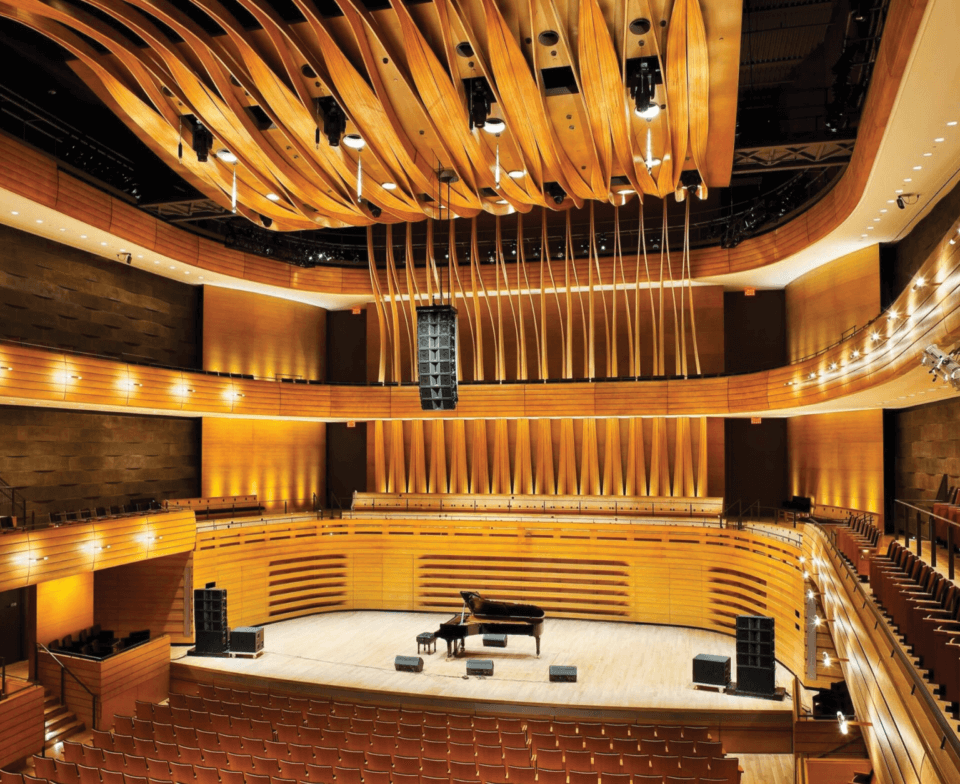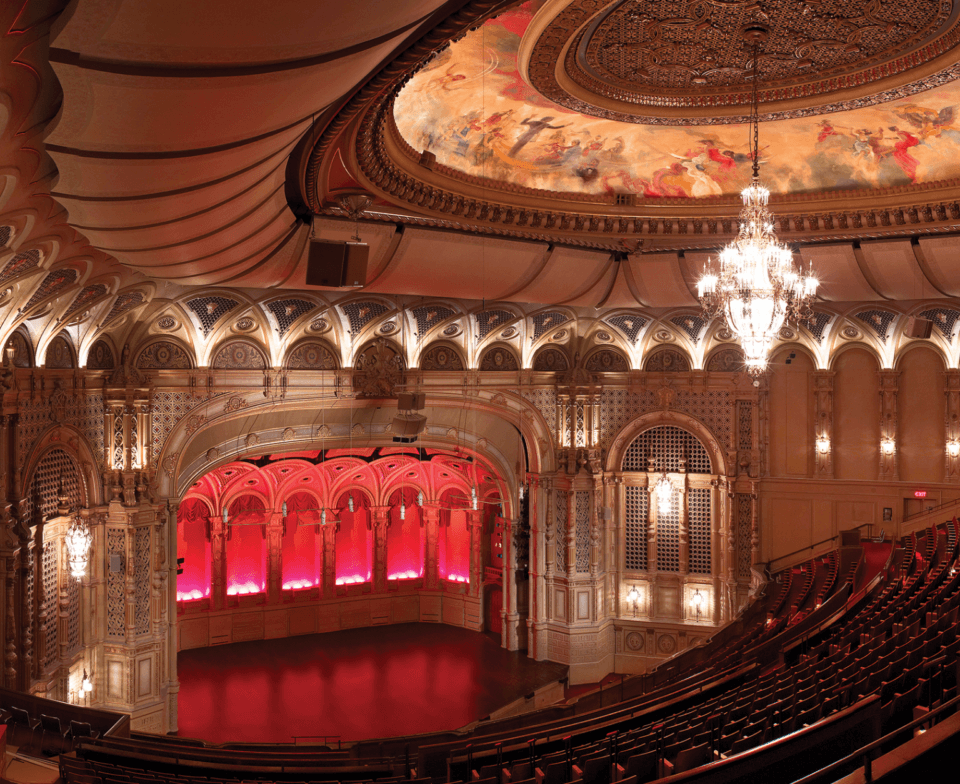What does the art we create tell us about ourselves?
At the centre of every piece of science fiction lies the painting of a possible future. More often than we realize that future comes to life, fundamentally changing how we communicate, work and live. The mobile phone first appeared on Star Trek and in Dick Tracy comic strips. Voice interaction technologies like Alexa and Siri arrived directly after the film Her in 2013. Evidently, science fiction is able to forge a revolutionary vision for researchers, designers and technologists to fulfil. While probing the connection between science fiction and reality may seem like an academic indulgence or nerdy diversion, for industry leaders, entrepreneurs and investors the importance of this relationship should be noted.
Investing capital, pivoting a product line or starting a business all show applied futurism in practice. All involve making an educated guess about near- and long-term outlooks and arranging one’s pieces to meet a new reality. But predictions routinely fall short. Our vision of the future cannot foresee or guard itself against the law of randomness: the truth is the future world will be as vast and complex as the one we occupy today. So don’t see this as a call to exchange your HBR subscription for Nebula. Reading contemporary science fiction can only tell you about the world of tomorrow as much as yesterday’s world accurately predicted today. See this, instead, as the examination of a medium — science fiction — that can bring to life stories of instructive contingency, revealing the shine of bold new ideals and the reality of their probable collapse.
Attempting to conjure a future universe requires great imagination; it requires one to see things not as they are but as they might be, an essential ingredient for innovation. More importantly, successful narratives resonate with a receptive audience; that resonance can reveal the anxieties and aspirations prevailing in a particular time. Today and for the past two centuries, science fiction has been a bellwether for our hopes, dreams and fears. So, what do contemporary works in this genre tell us about ourselves in this moment, about our own anxieties and aspirations? What do these works tell us about our evolving relationship with technology?
It’s difficult to know today what will stand the test of time, but a careful observer of science fiction can identify patterns that reflect the zeitgeist. From Star Trek to Westworld to Dune, the reboot generation displays a collective desire for the familiar in times of rapid instability. Franchises like The Expanse and The Hunger Games show the misalignment between fantastic technological advances and startling geopolitical inequality.
Several years removed from the prevailing big-tech optimism that accompanied Web 2.0, these franchises point to a jarring future of civilizations built on the exploitation of entire populations. The appeal of these works could indicate that audiences appreciate scientific progress but are dubious of its ability to change standards of living.
Recent novels like The Space Between Worlds and The Midnight Library, and films like Everything Everywhere All at Once, not to mention a litany of recent Marvel movies, have introduced hundreds of millions of people to the concept of the multiverse, in which there are an infinite number of quantum worlds where differences range from the subtle to the extreme. In our climate of cascading events, the prominence of the multiverse is no surprise. Moreover, at a time when nearly 3 billion people willingly engage with Facebook alone, the use of surveillance as a plot device is expanding. Numerous episodes of Black Mirror, as well as novels like The Circle, focus on governments and businesses inspecting our every move. These works speak to people who feel violated, who feel their world is being twisted and shaped by algorithms and the nefarious corporations or governments employing them.
Like all literature and popular entertainment, science fiction elicits a diversity of responses that are challenging to neatly categorize. However, it would be a mistake to ignore the overwhelming signs that today’s readers are consumed by questions of surveillance and exploitation that accompany contemporary technology. The common and alarming threads of instability, uncertainty and paranoia in futuristic civilizations lay bare a trust gap that private and civic leaders must close in this increasingly digital era.
We can’t predict the future, but today’s screenwriters, poets and novelists, writers who dare to envision it, hardly inspire confidence. Their lack of optimism signals a trajectory, begs urgent questions and articulates a dire warning. While charting our path forward, we would be wise to heed that warning.
Early 19th century
Trends: Advances in technology and medicine
Notable Works: Shelley’s Frankenstein, Wells’ The Island of Dr. Moreau, Stevenson’s Strange Case of Dr. Jekyll and Mr. Hyde
Late 19th century and early 20th century
Trends: Imperial Wars, Fin de siècle
Notable Works: Burroughs’ A Princess of Mars, Flash Gordon serials
1940s and 1950s
Trends: Anti-truth absurdities of the U.S.S.R., propaganda, atomic warfare
Notable Works: Orwell’s 1984, The Day the Earth Stood Still
1960s
Trends: New age philosophies, space travel
Notable Works: Stranger in a Strange Land,
Cat’s Cradle, 2001: A Space Odyssey, Star Trek
1970s
Trends: Watergate, escalation of the Vietnam War
Notable Works: Logan’s Run, Soylent Green
1980s
Trends: Digital computing, fear of nuclear war
Notable Works: Neuromancer, The Day After
1990s
Trends: Collapse of communism, American hegemony
Notable Works: The Fifth Element, Independence Day
2000s
Trends: Surveillance, precarity
Notable Works: Minority Report, Children of Men, V for Vendetta
2010s
Trends: Rising inequality, climate anxiety
Notable Works: The Hunger Games, The Expanse, The Walking Dead
5% of Canadians have a high level of trust in Big Tech companies to protect their data.
75% are uncomfortable with these companies tracking their data.



